How long should you go and what it looks like
Staying low and hanging off the boom when not using the harness in certain situations is the key to many successful maneuvers while windsurfing; such as getting going after beachstarting without sinking the tail and falling off backwards, getting up from a waterstart without getting pulled over the front or rounding up, successfully getting around a jibe or a bottom turn on a waves without stalling out or losing control . Getting low is the only way to handle a powered up sail when not using the harness, without letting out the back hand (sheeting out), losing mast foot pressure, and/or getting catapulted over the ‘handle bars’!
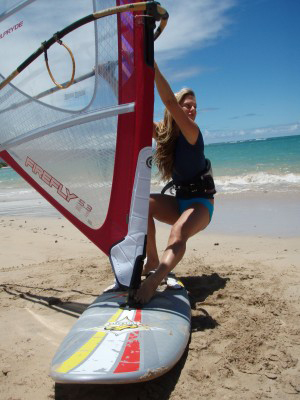

Getting low means hanging off the boom with straight arms as though you were a monkey swinging form limb to limb. Basically you want to hang without using a stitch of upper body strength by using the full weight of your body to counteract the power in the sail to keep sheeted in and remain in control. Your weight should fall back over the back leg while the front leg remains straight with some give in it to handle chop.
Getting low does not mean leaning back so you fall off backwards all the time. Your weight is down over the board, not the water and how low you go depends on how much power there is in your sail.
ABOVE PHOTOS: The photos show you what I mean by getting low. NOTICE: Where am I looking? How low under the boom am I? Are my arms strained or relaxed? Am I hanging off the boom? Is my weight over the back foot or the front foot?
Ideally your head should be looking up wind watching out for gusts or lulls….
Why get so low?
We want to use our weight rather than the strength of our arms to counteract the power of the wind in the sail and keep the nose of the board down with mast foot pressure (the result of your weight transferring from the boom putting pressure down through the mast so you don’t sink the back of the board).
Using your arms rather than your weight is futile… It’s the equivalent of doing pull ups rather than just saving energy and hanging … I can hang from a bar all day long.
Below are some of the problem you may have encountered by not getting low enough in certain situations.
- Falling off backwards when you first get up on a windsurfer by sinking the back of the board.
- Losing speed
- Catapults
- Spin outs
- Slogging
When to get low

If the winds are moderate to high it is ideal to get low as soon as you jump on your windsurfer so you don’t get catapulted a mere five feet from shore.
Hanging low also keeps the nose of the board down via mast foot pressure so you don’t sink the back of board and fall of backwards the moment your feet touch the board. Get on your windsurfer and stay low until you are comfortable and stable while sailing away. You can eventually ease to a more upright position if the wind calls for it…. But who knows you might have to get lower if a gust is racing in your direction!
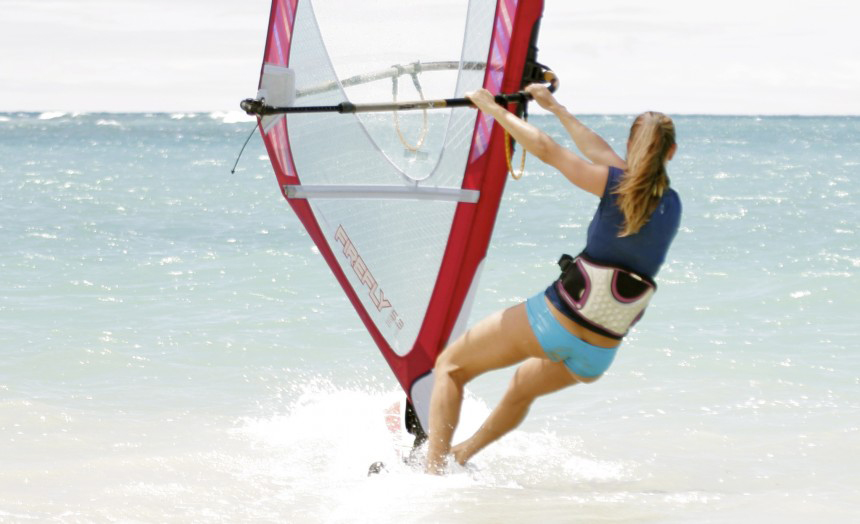
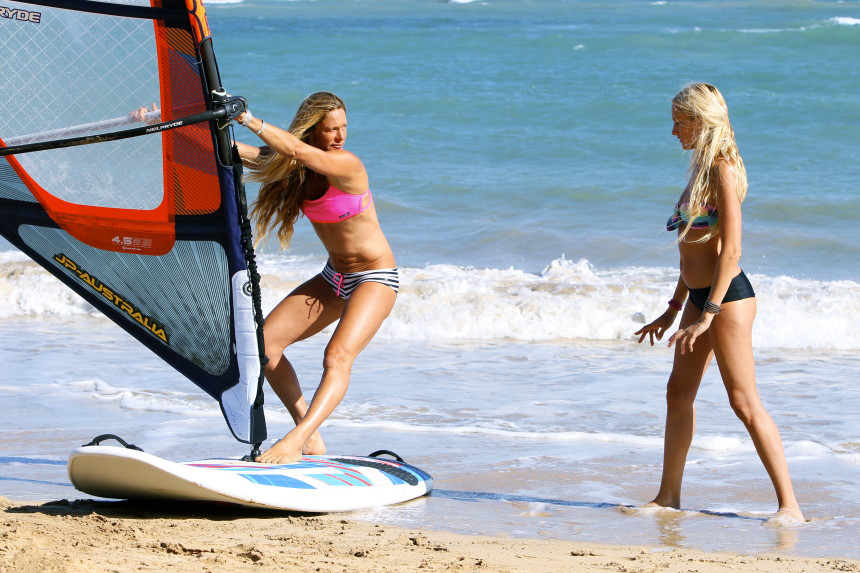

Staying low when you first get up insures you don’t just get blown over the front again. Waterstarts take time to learn on a good day, but there is nothing more frustrating than swimming all the gear around, getting the angles to the wind correct, pulling the sail out of the water and finally getting up on to the board only to be pulled right over the front by a gust. It’s exhausting and can reduce a grown man to tears to have to start the whole process again! Stay low over the board once you’re up! Not too much that you fall off backwards…. Though falling off backward is better than the latter, at least you fall back into waterstart position. Just imagine how powered up your sail has to be to lift you out of the water and if you don’t stay low you’ll be over the front before you know it. Once you’re up and stable it also helps to head up wind to de-power the sail.
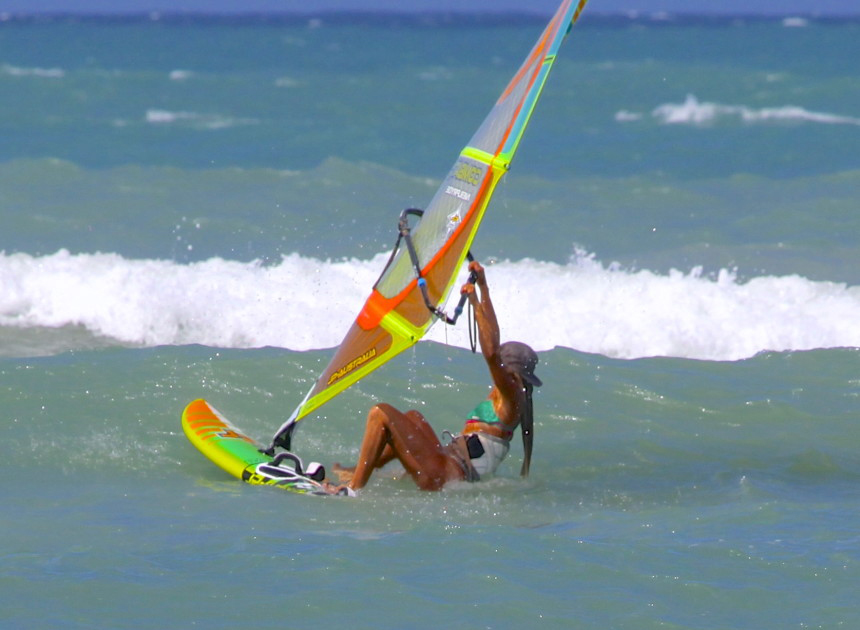
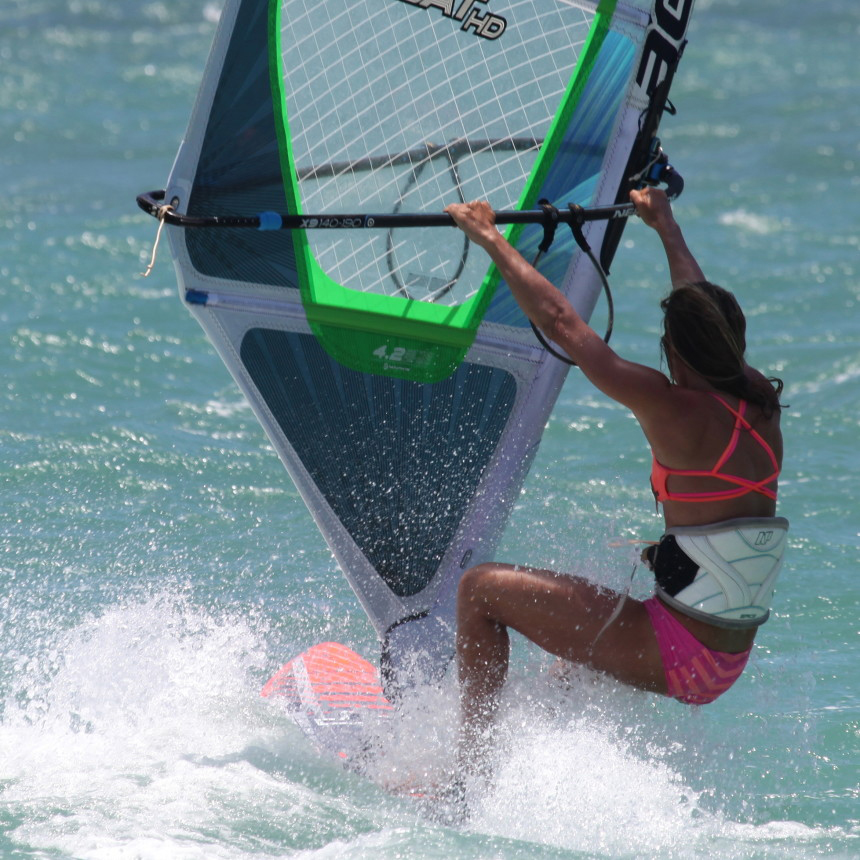
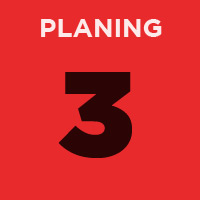
It is best to head out on the broadest reach possible to get planing quickly. In doing so, the sail gets super powered up which means you are going to have to get aggressively low and/or sink down into the harness to get speed and keep sheeted in order not to do ‘bull riding impressions’, which as we all know ends with a graceless dismount. When you start using your arms and not your weight, gust of wind easily pull the sail out your back hand (loss of mast foot pressure) which lifts the nose out of the water and you lose control.
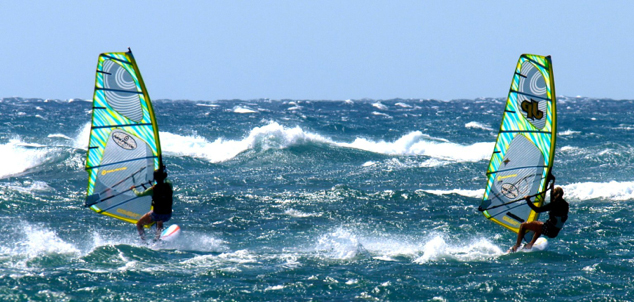
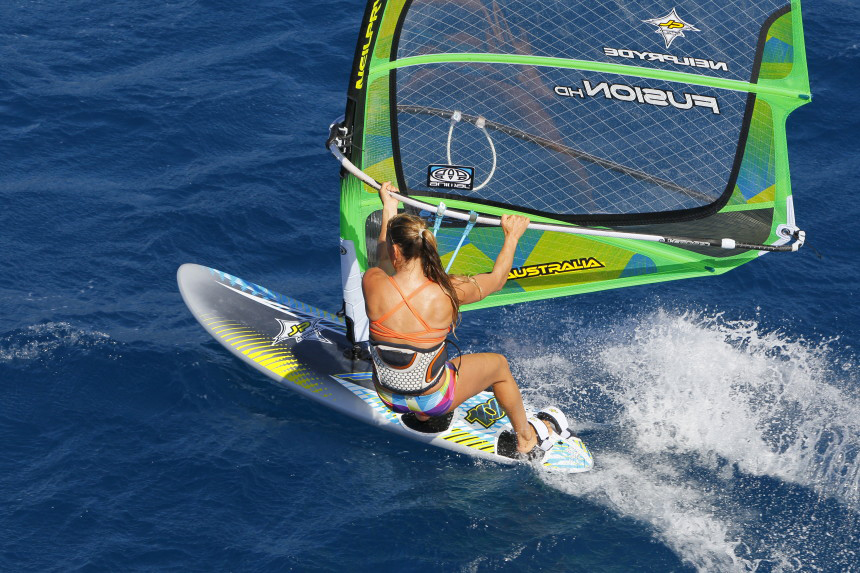

Staying low through out the jibe is one of the keys to getting around in full control. The lower you are the better your balance. Low mean maintaining the pressure down through the mast so the board sticks in the water through out the turn when not in the harness. It’s especially crucial to keep your weight down while flipping the sail as there’s an extra pull of power in the sail at that time. It also really helps to look back upwind while flipping the sail to bring the sail forward and into the sweet spot of balance rather than letting it drop behind you.
Tips for a Planing Gybe

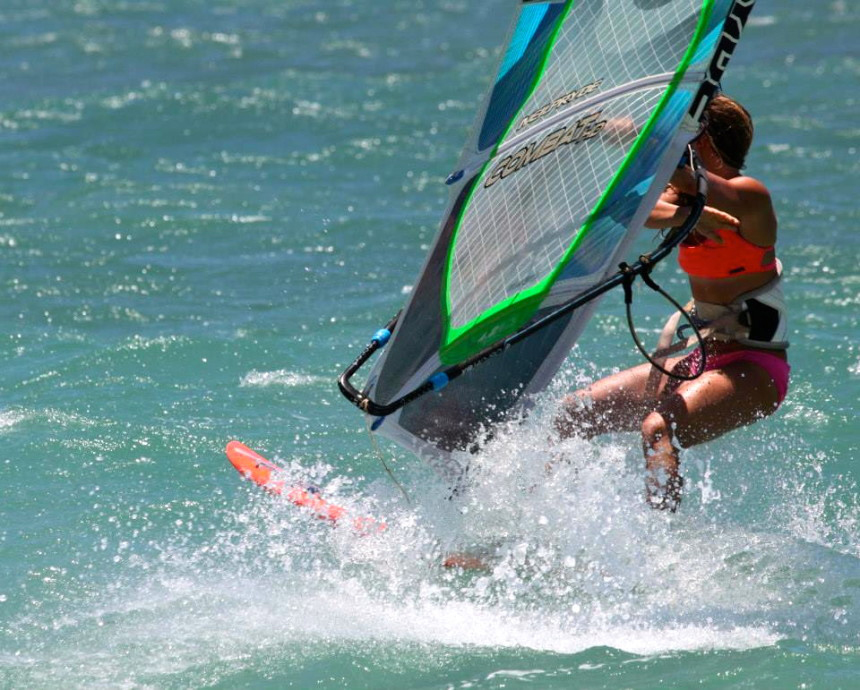
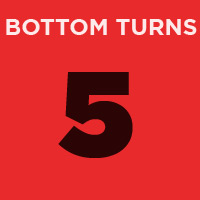
When you’re riding waves the bottom turn is something like going into a jibe but just before you would be flipping the sail, you cut back at the top of the wave instead. To ride waves you unhook but your feet remain in the footstraps. As you can imagine when you’re unhooked heading in the same direction as the wind, along a wave, there’s going to me a lot of speed, and power in your sail. Getting low with our back hand way down the boom will be the only way to handle all the power in the sail! You don’t want to be spinning out on a wave ( which is caused by the nose lifting up due to a lack of mast foot pressure and air getting caught around the fins) and/or slow down as the board sinks and slugs through a turn.
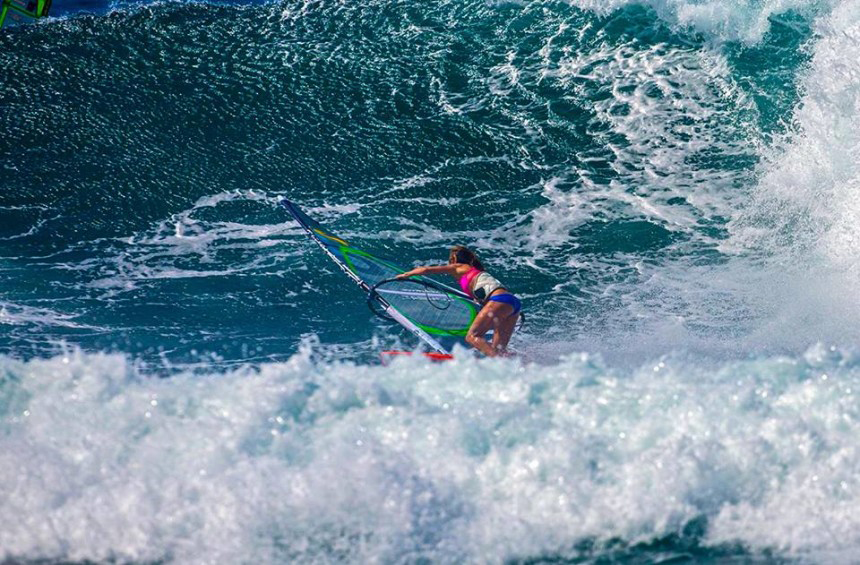
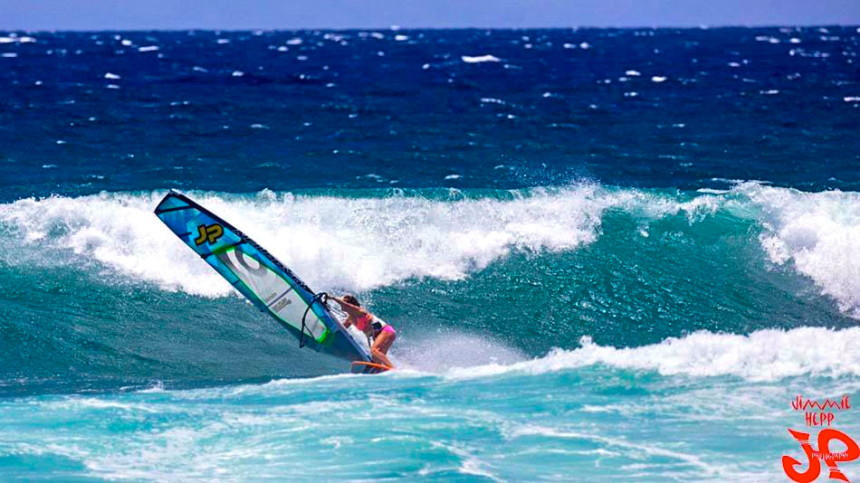
Enjoy getting out there and GETTING DOWN!
Aloha,

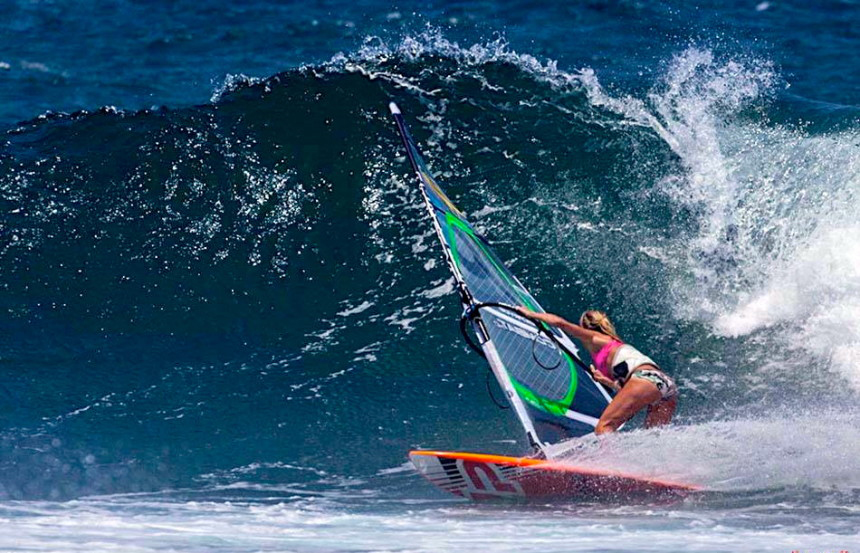


No comments.